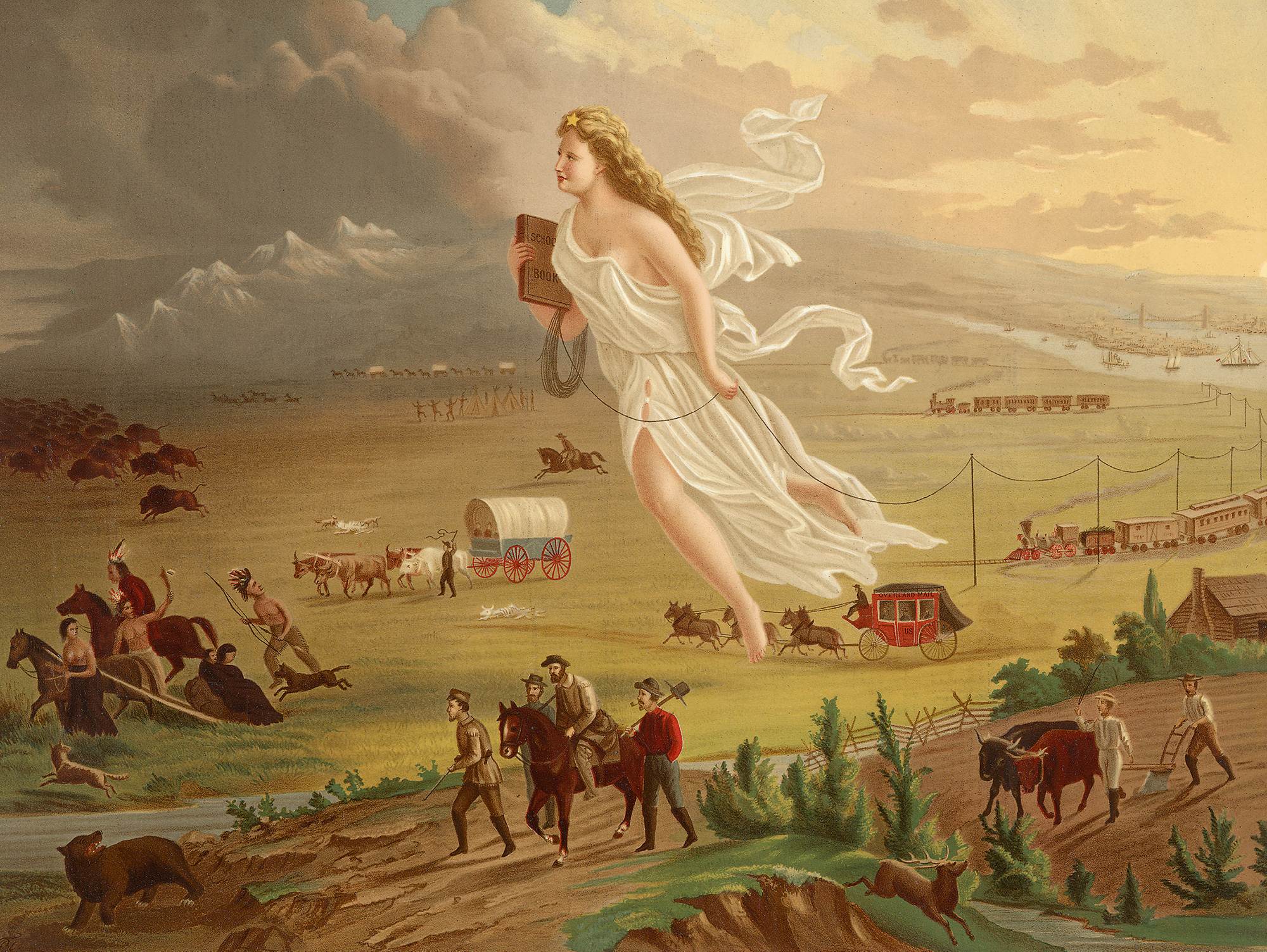The Singing of the Grid
Thoreau’s electro-Aeolian redeemer
D. Graham Burnett

Here come to study the law of meandering…
—Henry David Thoreau, Journals, 15 October 1851
By convention, at least in the United States, the era of telecommunication opens on the 24th of May, 1844, the day Samuel F. B. Morse transmitted his suitably epochal four-word message—“What hath God wrought?”—from Washington, DC, to Baltimore, Maryland, in a series of staccato taps. That thin copper wire, strung from the old Supreme Court chambers in the Capitol building to the offices of the Baltimore & Ohio Railroad a little further north on the Chesapeake (from the metropolis to the monopolists), can be thought of as the first strand in what would soon become the network architecture of the modern world. By the early twentieth century, some fifteen million miles of telegraph and telephone cable circled the globe, stretching from the seafloor(s) to the continental divide(s)—enough to belt the planet a thousand times over.
Though a simple cincture these strands were not. Rather, all this highly conductive copper threaded the earth’s surface in an ever-expanding, dendritic radiation from and among the urban nodes of politico-economic power. Here, in this creeping, pole-strung web, lay the indispensible armature of self-consciously modern nations and empires (to be built from information and communication, not lumpish gold and hacking conquest—or so said the prospectus). Here, visionaries spied the nascent nervous system of a newly evolving, homeostatic, progressive, benevolent organism: administrative technocracy, that recurrent dream-state of post-Enlightenment rationality. Here, too, sparked finicky problems of electromagnetism and signal transmission (which would attract the finest minds of the time and precipitate significant scientific developments). And here, finally, and perhaps most alluringly, one could glimpse all the vastness of the encompassable globe, collectively encapsulated as one titanic, perpetual, spherical, electrical conversation—the awesome spectacle of a whole planet talking to itself.
Each year, breathless newspapers reported the astonishing number of messages that whizzed along the wires: millions; tens of millions; hundreds of millions. It was a point of pride, the swelling song of … ourselves.
It is thus not quite an exaggeration to say that the worlding of the world happened in wire in the second half of the nineteenth century, engendering, in the process, new problems (of governance, language, war, temporality), new experiences (of voice, distance, intimacy, alienation), and new possibilities (financial, technical, literary, spiritual). Ultimately, all that wire laid the discursive infrastructure of artistic modernism and industrial modernity alike.